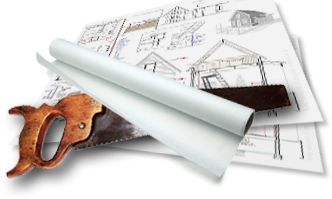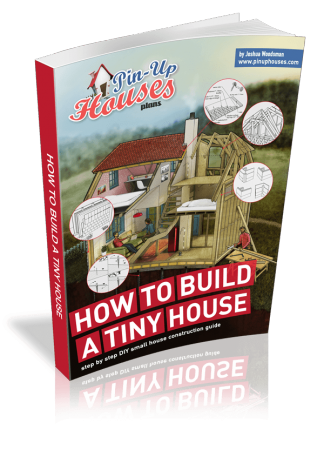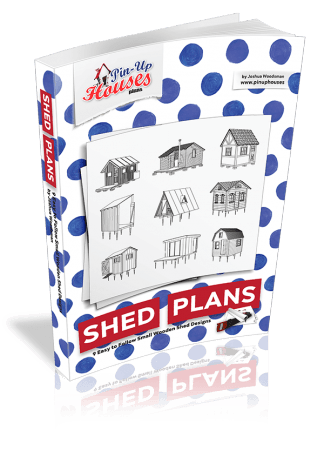
Buying a home is exciting, but let’s be honest – it can also feel overwhelming. With so many terms, numbers, and decisions to juggle, it’s easy to fall for common myths about mortgages. These misconceptions can lead you to make costly mistakes or miss out on better opportunities.
In this article, we’ll break down some of the biggest myths about mortgages and give you the facts you need to feel confident about your home-buying journey.
1. Myth: You Need a 20% Down Payment to Buy a Home
One of the most persistent myths about buying a home is that you need to put down 20% of the purchase price as a down payment. While this was once a common practice, it’s far from a hard rule today. Many lenders offer loans that require as little as 3% or 5% down. For first-time homebuyers, these lower down payment options can make homeownership more accessible.
However, putting less than 20% down often means you’ll need to pay for private mortgage insurance (PMI). PMI protects the lender if you can’t repay your loan, but it’s an additional monthly expense for you. The good news? Once you reach 20% equity in your home, you can typically cancel PMI.
What’s more important than the down payment is understanding the total cost of your mortgage, including interest. This is where tools like a mortgage payment with interest calculator come in handy. By entering the loan amount, duration, and interest rate, you can understand how your down payment affects your monthly payments and overall interest expenses. This helps provide a clearer understanding of your financial commitment.
2. Myth: Fixed-Rate Mortgages Are Always the Best Option
Fixed-rate mortgages are popular for a reason—they offer stability. With a fixed-rate mortgage, the interest rate remains constant throughout the entire loan term, ensuring your monthly payments stay consistent and easy to plan for. This can be a great option for buyers who plan to stay in their home long-term.
However, fixed-rate mortgages aren’t always the best choice. Adjustable-rate mortgages (ARMs) often start with lower interest rates, which can save you money in the short term. If you’re planning to move or refinance within a few years, an ARM might be a better fit.
The key is understanding your financial goals and how long you plan to stay in the home. Don’t automatically dismiss ARMs just because fixed-rate mortgages are more common—they might not be the best option for your situation.
3. Myth: Preapproval and Prequalification Are the Same
Preapproval and prequalification are often used interchangeably, but they’re not the same thing. Prequalification is a quick process where a lender gives you an estimate of how much you might be able to borrow based on the basic financial information you provide. It’s a good starting point, but it’s not a guarantee.
Preapproval, on the other hand, is a more in-depth process. The lender reviews your financial documents, including your income, credit score, and debts, to determine exactly how much they’re willing to lend you. Preapproval holds greater significance for sellers as it demonstrates that you are a committed buyer with secured financing in place.
If you’re ready to make offers, go for preapproval. It gives you a competitive edge and prevents surprises down the road.
4. Myth: The Sticker Price of the Home Is All That Matters
When you’re shopping for a home, it’s easy to focus on the sticker price. But the truth is, the cost of homeownership goes far beyond the purchase price. There are property taxes, homeowner’s insurance, maintenance, and utilities to consider. Closing costs, which typically range from 2% to 5% of the home’s price, are another expense that can catch buyers off guard.
To avoid surprises, create a detailed budget that includes all these costs. A mortgage payment calculator can also help you estimate your monthly payment, factoring in principal, interest, taxes, and insurance (often referred to as PITI). This will give you a more accurate sense of what you can afford.
5. Myth: Paying Off a Mortgage Early Always Saves You Money
While it might seem like paying off your mortgage early is a no-brainer, it’s not always the best financial move. Some loans come with prepayment penalties, which are fees you’ll pay if you pay off the loan before a certain period. These penalties can eat into the savings you’d otherwise gain from eliminating interest payments.
Even without prepayment penalties, you should consider whether that extra money could be better used elsewhere. For example, investing in a retirement account or paying off high-interest debt could yield a higher return than saving on mortgage interest. It all depends on your overall financial picture.
6. Myth: Your Credit Score Must Be Perfect to Get Approved
Your credit score plays a big role in qualifying for a mortgage, but it doesn’t have to be perfect. Many lenders are willing to work with buyers who have less-than-ideal credit. For example, FHA loans are designed for buyers with lower credit scores and require a smaller down payment.
If your credit score isn’t where you want it to be, take steps to improve it before applying for a mortgage. Pay your bills on time, reduce your debt, and avoid opening new credit accounts. Even small improvements to your credit score can help you secure a better interest rate.
7. Myth: You Can’t Refinance Until You’ve Paid Off a Large Portion of Your Mortgage
Refinancing doesn’t require you to pay off a significant chunk of your mortgage. Homeowners refinance for various reasons, like locking in a lower interest rate, switching from an ARM to a fixed-rate loan, or tapping into home equity.
If interest rates drop or your financial situation improves, refinancing could save you money, even if you’ve only had your mortgage for a short time. Just be sure to factor in closing costs to determine whether refinancing makes financial sense.
Buying a home is one of the biggest financial decisions you’ll make, and separating fact from fiction is key to making smart choices. By debunking these common myths, you’ll feel more prepared and confident as you navigate the home-buying process. Armed with the right information, you can make decisions that set you up for success in your homeownership journey.








